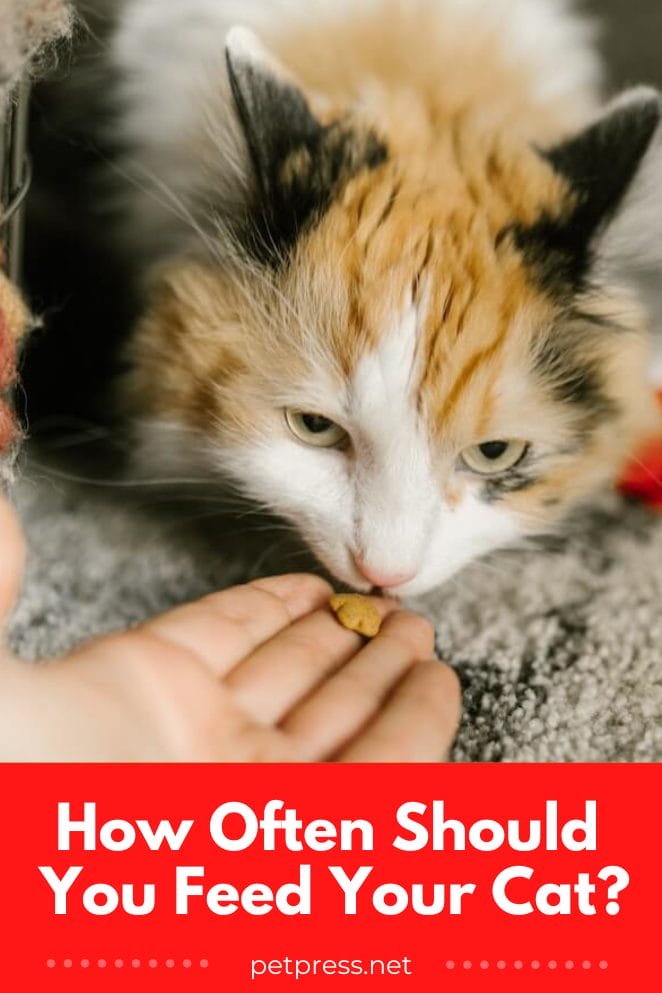
Are you a proud pet parent who’s wondering “how often should I feed my cat? “You’re not alone!
Cats are notoriously picky eaters and it can be tricky to establish the right feeding routine for your furry friend.
The good news is that there are some general guidelines to help you figure out your cat’s ideal feeding schedule.
How much, when, and what kind of food best suits your kitty’s needs? Read on for more details about this important topic.
How often should you feed a cat?
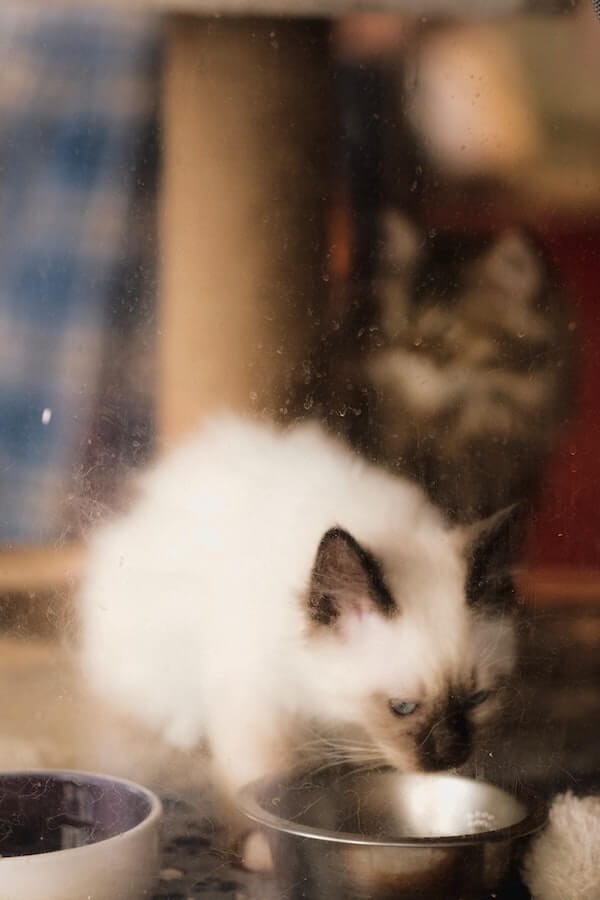
How often you should feed your cat depends on a few factors – their age, activity level, health status, and the type of food you’re giving them.
As cats are carnivores, they need to eat high-quality protein-rich meals that contain essential vitamins and minerals.
Kittens will typically need multiple small meals per day while adult cats may only require two larger meals.
How much they need to eat also varies based on their activity level – an active cat may require more calories than a less active one.
Make sure to talk to your vet about determining how much food is appropriate for your cat’s size and age, or use an online calculator as a quick guide!
Cats with medical conditions such as diabetes or kidney disease may need to eat smaller, more frequent meals throughout the day and will likely require special diets prescribed by their vet.
Finally, what type of food you feed your cat can determine how often they should eat. Dry kibble tends to require fewer meals than wet canned food, which contains a lot of moisture.
How often you feed your cat will depend on whether it’s dry or wet food and how much water content is in the food itself.
Should cats have food available at all times?
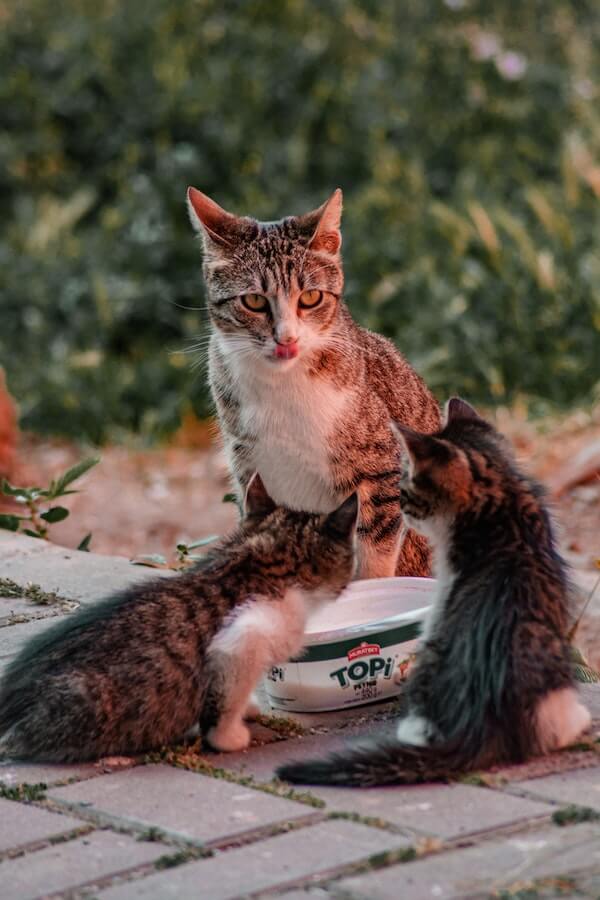
Have you ever been in a situation where you’ve had food right in front of you, but were told not to touch it? Well, cats feel the same way.
They may not be able to express it as clearly, but they like having access to food whenever possible.
The idea behind providing cats with food at all times is that they don’t need to worry about when their next meal will come from, allowing them to focus on more important things (like chasing after a toy mouse).
Cats are also grazers, meaning they prefer small meals spaced out throughout the day rather than one large meal all at once. Cats can’t go long without food, which is why they need access to it.
This means that having food available for them throughout the day provides optimal nutrition and helps keep them satisfied.
The key to keeping cats healthy is making sure their food source is balanced. Cats should have a mix of both wet and dry foods, as well as treats from time to time.
Making sure there’s variety in their diet helps ensure they get the essential nutrients they need.
Should I measure my cat’s food?
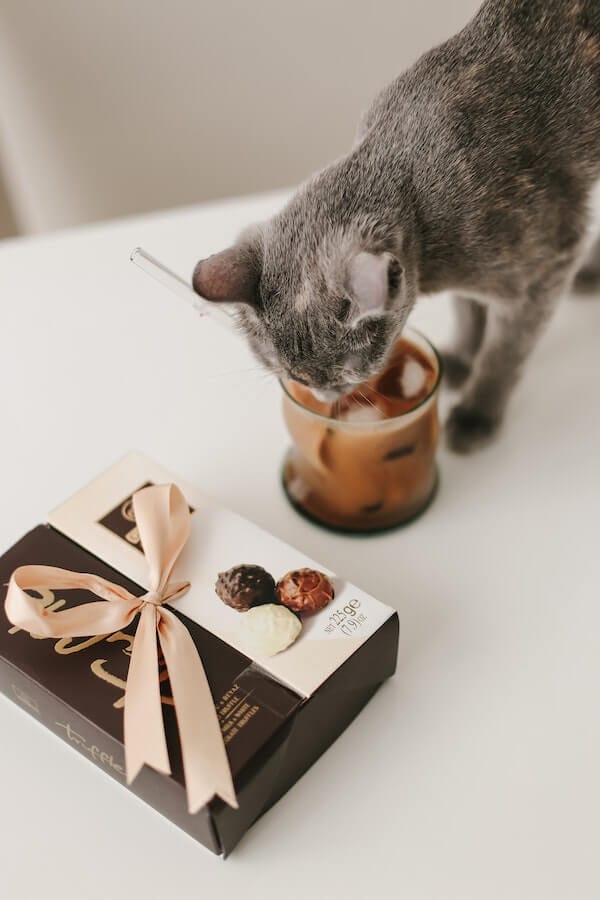
Measuring your cat’s food is important to help ensure that they are eating the right amount to stay healthy.
Not enough food and they won’t get the nutrients they need, while too much can lead to unhealthy weight gain. So how exactly do you measure their food? It’s actually quite simple!
First, find a measuring cup specifically made for cats or use a regular kitchen measuring cup.
Depending on the type of food you buy—dry kibble, wet canned food, or even homemade meals—the size of the portion should be different.
For dry kibble, aim for 1/4 to 1/3 cup per feeding if your cat weighs 10 pounds (4.5 kg). Wet canned foods usually come in 3-ounce (85-gram) cans, and you can feed one can per 10 to 12 pounds (4.5 to 5.4 kg) of body weight daily.
If you’re making homemade meals for your cat, the amount should be based on their age and activity level.
Finally, don’t forget to keep track of how much food your cat eats every day so that you can adjust if necessary. Measuring out the perfect portion is a great way to make sure they stay happy and healthy!
What food is best for cats?
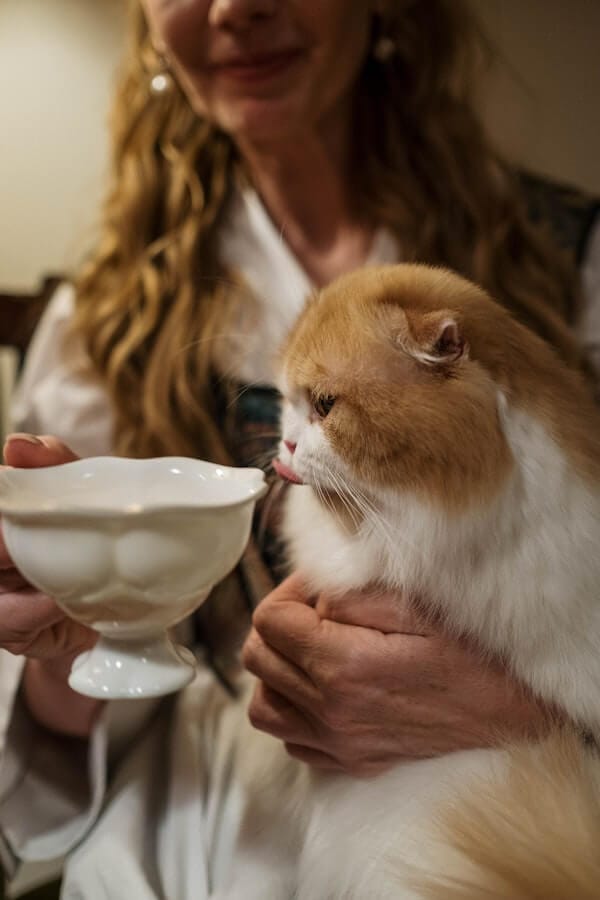
When it comes to cats, the debate on what kind of food is best can be as fierce as any catfight! The truth is that there’s no one-size-fits-all answer and every cat has different nutritional needs.
That said, there are some general guidelines when it comes to choosing a diet for your kitty companion.
The most important factor in forming a healthy diet for your feline friend is to make sure the food you give them contains all the necessary vitamins, minerals, and proteins they need.
You should also look for foods with carefully formulated recipes that contain ingredients made specifically for cats. This will help ensure that your kitty is getting the nutrients they need from their meals.
When it comes to choosing wet or dry food, a combination of both is generally best.
Wet food will provide your cat with lots of moisture which helps keep them hydrated, while dry food can help keep their teeth clean and give them something to nibble on throughout the day.
Overall, when it comes to deciding what’s best for your cat, it’s always best to talk to your vet about your kitty’s individual needs and any dietary restrictions they might have.
Final Thoughts
When it comes to cats and food, every feline is unique — just like their owners!
To come up with an appropriate feeding regimen for your cat, consider factors like age, activity level, health condition, and even breed-specific needs.
Younger cats may need up to three meals a day while adult cats typically do well with two, and senior cats often only require one daily meal.
How you space out your kitty’s feedings is also important: try spacing the meals out evenly throughout the day to keep their energy levels balanced.
These guidelines can help you create a feeding schedule that will satisfy your cat’s cravings and give them plenty of the nutrients they need for optimal health.
Just remember not to over-feed or under-feed your furball — it’s all about finding a routine that works best for both you and your pet!
Happy feeding! 🙂
- 7 Dog Breeds With Webbed Feet And Why Do They Have Them - July 19, 2023
- 10 Best Fish For Small Tanks That Make Perfect Pets - July 18, 2023
- How to Breed Guinea Pigs: A Detailed Guide - July 17, 2023


GIPHY App Key not set. Please check settings